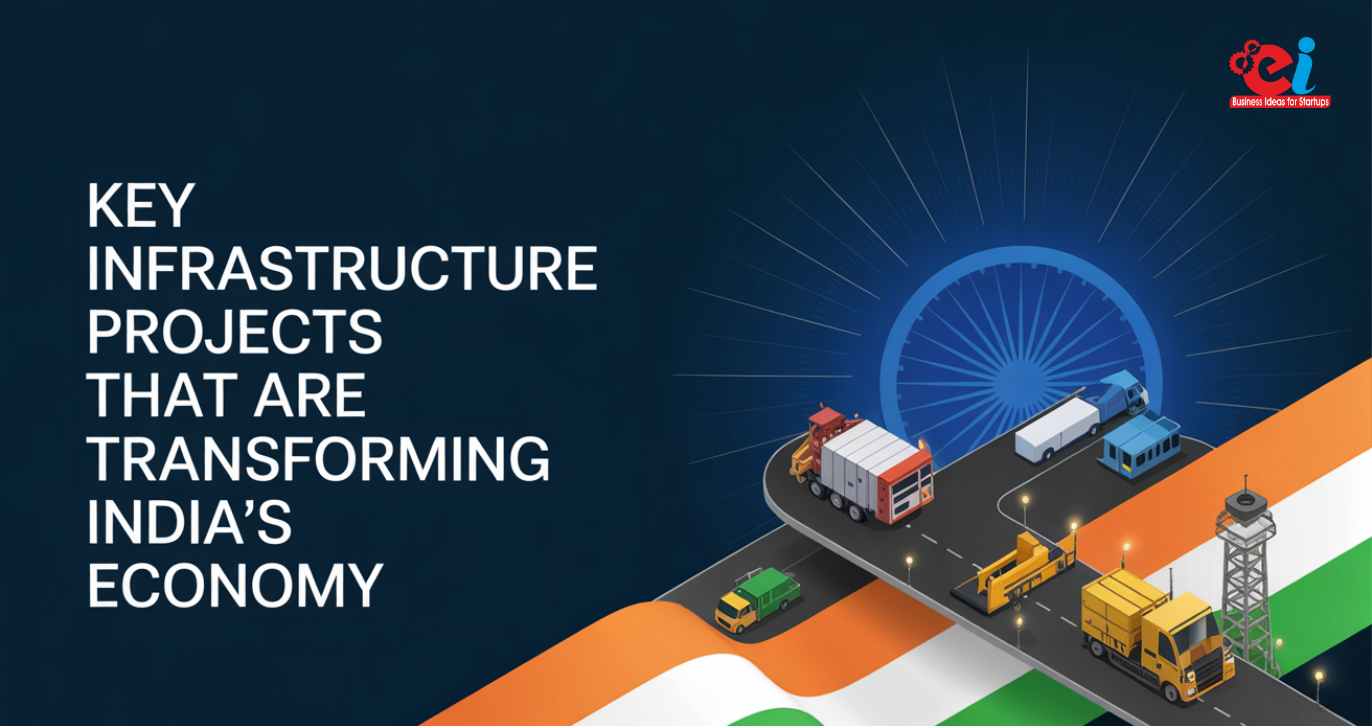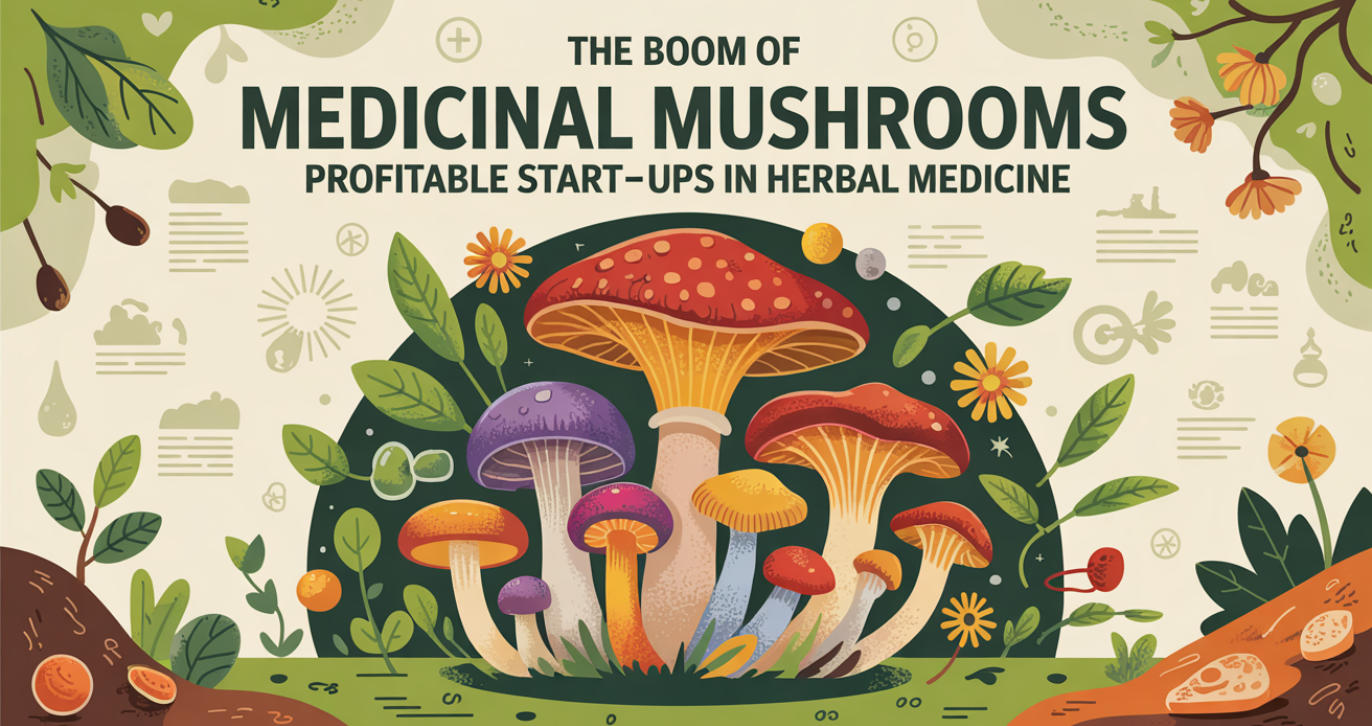The rapid growth of India’s rates is being driven toward transformation through infrastructure projects that are being planned and implemented by the government. The smart cities India is building an ecosystem of modern infrastructure that activates the economic future.
Key Infrastructural Projects
1. Bharatmala Pariyojana: Upgradation of Road Connectivity
- Bharatmala Pariyojana is set into 34,600 km of national highways.
- It includes economic corridors, border roads, coastal roads, and expressways.
- Increase the world competitiveness of Indian exports through the lowering of logistics costs.
- One of the largest road infrastructure programs in India has enhanced road connectivity.
2. Sagarmala Project: Transforming India through Shipping and Ports
To improve the conditions for trade and transportation in India, the Sagarmala Project modernizes ports and improves connectivity.
New ports and the modernization of existing ones. Improve inland waterways to alleviate the pressure of road and rail transport.
- Industrialization based on ports is set to be completed with the establishment of coastal economic zones
Read our blogs: Profitable Banana Powder Manufacturing Business
3. Mumbai-Ahmedabad Bullet Train: The First High-Speed Rail in India
The Mumbai-Ahmedabad Bullet Train Project is one more step in the advancement of modernization of the Indian railway system through high-speed rail.
“This is primarily conceived with assistance provided by Japan, using Shinkansen technology.
Basic Features
- High-speed corridor train at 320 km/h for 508 km.
- Comfort and safety with new advanced technologies for the railway.
Economic Impact
- Regional connectivity is being supported, and investment is being attracted toward new emerging business hubs.
4. Delhi-Mumbai Industrial Corridor: The Global Manufacturing Hub
The Government of India’s flagship initiative, the Delhi-Mumbai Industrial Corridor Development Corporation.
It aims to create a world-class manufacturing ecosystem by establishing industrial centers along a dedicated freight corridor.
Key Features
- 1500 km corridors integrated with industrial zones, smart cities, and logistics hubs.
- High-tech importations to ensure the best possible manufacturing and logistics operations.
Economic Impact
- Enhancement of production in the Indian manufacturing sector will increase foreign investments.
Several employment opportunities are offered.
5. Smart Cities Mission: Transforming Urban India
Developing about a hundred smart cities in India, it will have modern infrastructure, digital governance, and sustainable solutions.
Key Features
- Enunciating smart transport, e-governance, and digital service systems.
- Clean energy and eco-friendly buildings help both the planet and people live better.
- Improving waste management and water supply systems.
Economic Impact
- Improve quality of life and ease of living.
- Capturing investment in the urban area for scaling up to real estate development.
- It reduces pollution
6. Atal Mission for Rejuvenation and Urban Transformation
Bringing environment-friendly urban settings to the 500 cities on issues like improving drinking water supply.
Key Features
- Modernization of water supply and sewage system.
- Development of urban transportation with better roads and public transport.
- Green spaces and parks in the urban area.
Economic Impact
- Development of basic urban infrastructure to help make cities liveable.
- Urban settings now encourage real estate and commercial activity.
- Improvement in the health and sanitation of the public, and the cost of health services will decrease.
7. Scaling Up Renewable Energy: Solar and Wind Power Projects
India is scaling up its renewable energy capacity and wants to make it a point to lead the world in clean energy.
Key Features
Establishment of large-scale solar and wind power plants.
Rooftop solar systems for households and industries.
Investment in energy storage and grid modernization.
Economic Impact
Lesser dependency on fossil fuels means lesser import costs.
Job creation in the clean energy industry.
Contribute to mitigating climate change and sustainable development.
8. Development of Inland Waterways: Ganga Waterway Infrastructure Projects
Jal Marg Vikas Project (JMVP) is set to develop inland waterways that will make the movement of cargo cheap.
Key Features
- Development of river ports and terminals.
- Better connectivity between industrial hubs and ports.
- Eco-friendly transportation to be encouraged.
Economic Impact
Decreases transportation costs to enable more efficient trades.
Paves the way for relieving congestion on roads and rail networks.
Sustainable and cost-efficient solutions for logistics will develop.
Revolution in Infrastructure Projects
The great infrastructure revolution of India is creating a different sort of economy. Bharatmala, Sagarmala, DMIC, Smart Cities Mission, and Digital India incorporate connectivity and efficiency. It generates millions of jobs, pulls investments, and betters the international competitiveness of India.
As various projects advance to successful completion, they build up India’s future as a global economic powerhouse. The government remains committed to focusing on sustainability and technology-driven infrastructures in the coming times.










